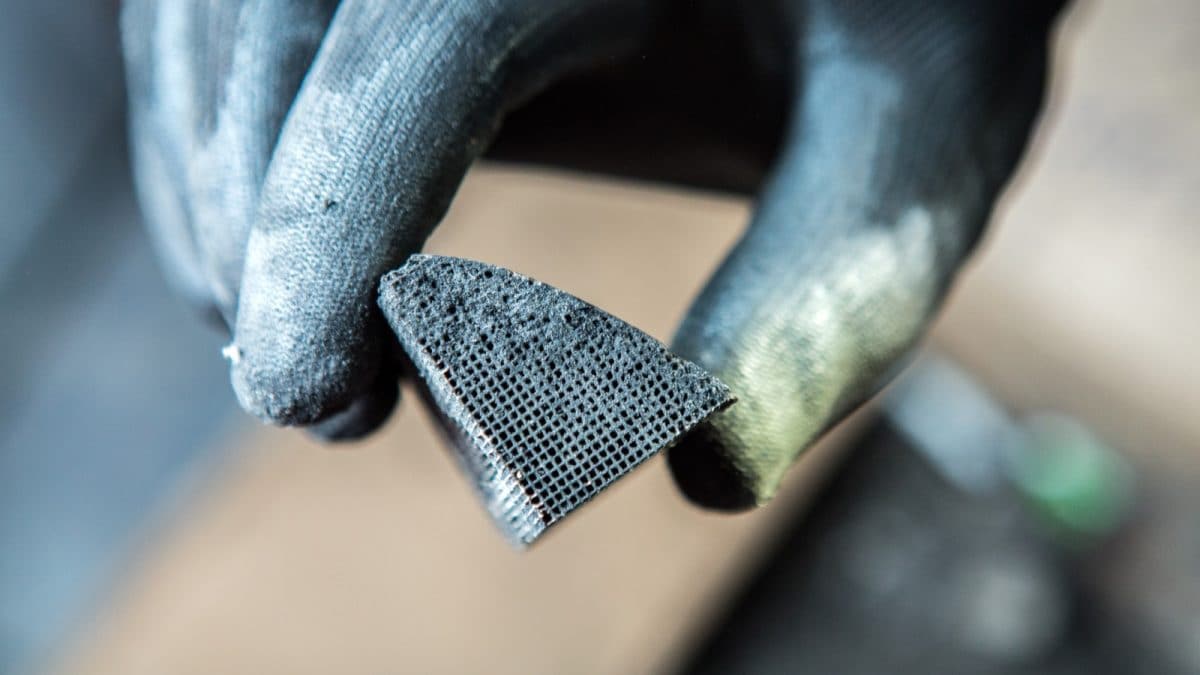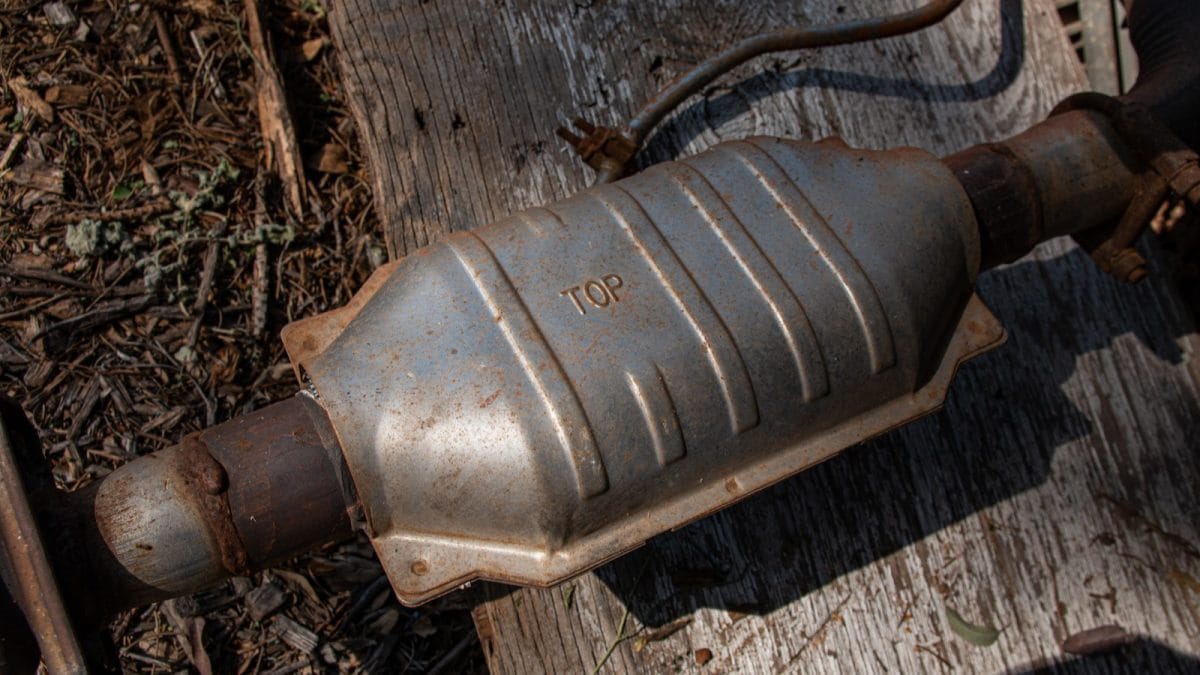Over the past few years, many Americans learned more than they wanted to know about a previously obscure part of every gas-powered car. A massive nationwide spike in catalytic converter thefts left hundreds of thousands of Americans on the phone with their insurance company discussing the price of rhodium.
The problem may finally be fading.
Insurance company State Farm reports “a dramatic drop in catalytic converter theft claims for the first half of this year compared to last year.”
“There were around 14,500 claims the first half of this year, down from the same time last year when State Farm received over 23,000 catalytic converter theft claims, State Farm says.
What Is a Catalytic Converter?
A catalytic converter is part of your car’s exhaust system and functions as a chemical filter made of rare metals. It keeps harmful pollutants from entering the atmosphere by passing hot exhaust gases through a honeycomb of metals like palladium and rhodium. Chemical reactions convert some of the toxic gases into harmless gases.

A catalytic converter lasts about 10 years, depending on how much you drive your car.
Your catalytic converter’s size corresponds to the size of your engine. A 4-cylinder engine needs a catalytic converter about the size of a roll of paper towels. A V8 needs one twice that size. Some exotic 12-cylinder cars have two.
A gas-powered car can move without one, but it won’t be pleasant or legal to drive. Many drivers of gas-powered vehicles in the United States must go through emissions inspections, and without a catalytic converter, a car will not pass. It will also be far louder than you’re used to and may fill the car’s cabin with exhaust gases.
Why and How Do People Steal Catalytic Converters?
There’s a significant black market trade in catalytic converters.
Why? Because the rare metals that make them work have soared in value in recent years.
And they’re often not hard to steal. Thieves can slide under most cars and saw a converter out with a battery-powered reciprocating saw in a minute or less. It’s a loud process but a quick one.
That means a garaged car or your truck parked in a crowded place is probably safe. And low-to-the-ground cars are safe from all but the slimmest thieves.
But a big catalytic converter high off the ground is a juicy target.
The list of cars that get their catalytic converters stolen most often is heavy on big trucks and SUVs for practical reasons.
What Has Changed?
State Farm doesn’t attempt to explain the change, but we will.
Two factors may have combined to reduce the number.
One comes thanks to law enforcement. About a year ago, the federal Justice Department dented the nationwide problem by arresting many of the people who buy stolen catalytic converters. Federal agents arrested people in five states who ran an organization that bought stolen converters, extracted the rare metals, and sold the metals for processing.
The other comes thanks to careful car owners. A massive nationwide publicity campaign has urged drivers to take simple steps to protect themselves. It may be working.
How Can Drivers Protect Themselves?
What steps? Insurers and police recommend that car owners:
- Get your catalytic converter etched. Many police departments and some muffler shops will happily etch your license plate number onto your car’s catalytic converter for free. Thieves have a harder time selling a converter if police can tie it to a particular theft, making it almost worthless.
- Park indoors if possible. What thief would break into a garage when there are easier targets outside?
- Look for cameras. Choose parking garages and parking lots covered by cameras when you need to park the vehicle.
- Park in a well-lighted area. Thieves are less likely to steal from where there’s a higher chance of being seen.
- Consider installing a dash camera. Some dash cams use motion sensors and can record anyone close enough to your car to reach the catalytic converter. The presence of a camera can be enough to scare thieves off to find easier prey.
- Install an anti-theft device. Some car shops offer shields that make a catalytic converter harder to remove. We’re unaware of any studies on how well these devices work, but it seems logical that thieves might move on to cars without them.








